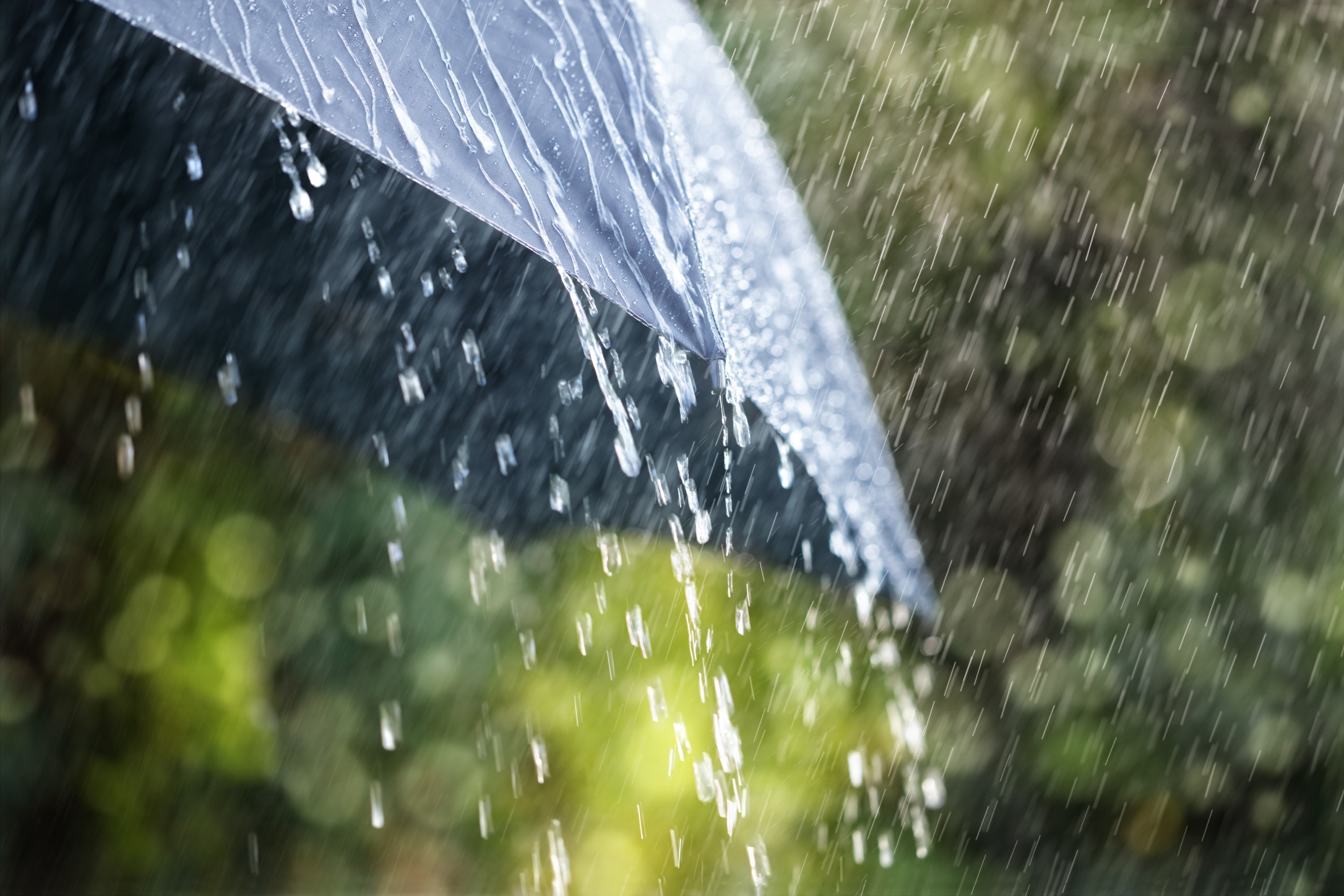
Heavy Rain, Flooding, and Chance of Severe Weather Staring Down the Southern U.S.
January 22, 2024
Posted: November 30, 2023 11:51 am





‘Tis the season for atmospheric rivers to develop and wreak havoc across the western U.S. It will be the Pacific Northwest that will be under the gun for this type of weather development in the coming days, threatening to bring up to a foot of rain as well as heavy snow to the higher terrains. Read on for all of the details surrounding this messy forecast.
Dry Pattern to Flip This Week Across Bulk of Pacific Northwest
It has been a dry stretch of days to close out the month of November in the Northwest. That pattern will flip when the calendar switches to December as the storm train gets going in this corner of the country.
The stormy pattern will come as a result of an atmospheric river that is coming in from the Pacific Ocean. This flow of moisture in the sky acts as a fire hose dousing the region with rain and snow, depending on the elevation. The storm track will ignite late this week and continue into the early portions of next week.
Several inches of rain will be in store for the coastal areas and lower elevations, pairing with strong winds and gusts that could hit as high as 50 mph. The mountains of the Northwest will see heavy snow that may cause travel disruptions over the passes. The melting snow from this system will then bring about the risk of flooding and avalanches as temperatures continue to fluctuate greatly in the coming days.
Timing of Moisture in Coming Days
The rainy forecast started up late Thursday across western portions of Washington and Oregon. You can expect this intermittent rain to linger throughout the weekend. The first round of moisture will come with a shot of cold air that will bring the snow levels down to as low as 2,000 feet. Snow at this level will undoubtedly cause travel impacts across the mountain passes of the Cascades, including the heavily traveled Snoqualmie Pass on Interstate 90.
Warmer temperatures in the region stretching from Seattle, down into Portland, and into Northern California will translate to straight rain. However, the rain will total an inch or two by the time the system wraps up early next week.
The coastal areas are bracing for even more rain, to the tune of 4 – 8 inches in total. This amount of rain will raise the risk of widespread flooding.
The Pacific coastline is also where the winds will be the strongest, hovering between 40 and 60 mph at their height. Winds of this magnitude will raise the risk of minor structural damage. Winds will be less severe up and down the Interstate 5 corridor in Washington and Oregon, however, it will still feel breezy and uncomfortable at times.
Second Storm on Horizon for Beginning of New Work Week
Another round of moisture is in store for the start of the new work week. This second major storm will come with warmer temperatures, helping to nudge the snow levels up considerably. Forecasters are predicting that the precipitation will switch from snow to rain across most of the mountain passes in the Cascades, including Stevens, Snoqualmie, Blewett, and Willamette passes.
While the temperatures will feel more pleasant, the increase in the mercury will heighten the risk of flooding as the snow that fell earlier in the week will begin to melt and slide down the mountains. This melting snow will also exacerbate the threat of avalanches as the snowpack takes on rainwater and becomes unstable. Hikers and skiers will want to be aware of this danger when heading out in the backcountry.
The rain will be an issue through the middle of next week for major metropolitan areas such as Seattle and Portland. This soaker of a weather pattern is forecast to linger though the end of next week, adding to the already saturated landscape.
This influx of moisture may come as a surprise to residents who have become accustomed to drier conditions over the last few weeks. After starting off the month of November with rainfall amounts well over the historical average, the clouds parted and the rain went away during the second half of the month for much of the Northwest.
The atmospheric river will help to alleviate some of the ongoing drought conditions across the region. A large part of Washington and Oregon were still under the designation of either abnormally dry or some level of drought according to the last report from the U.S. Drought Monitor.
Did you find this content useful? Feel free to bookmark or to post to your timeline for reference later.

January 21, 2024

January 19, 2024

January 18, 2024